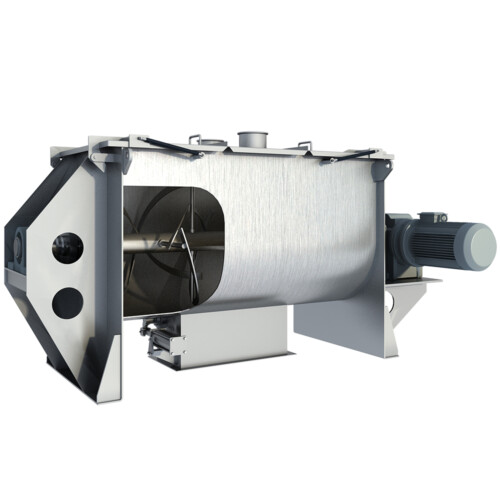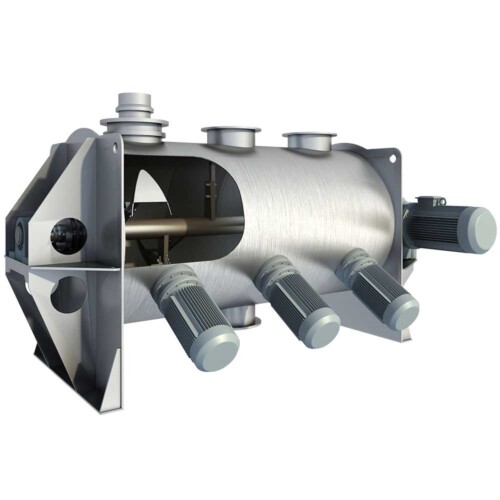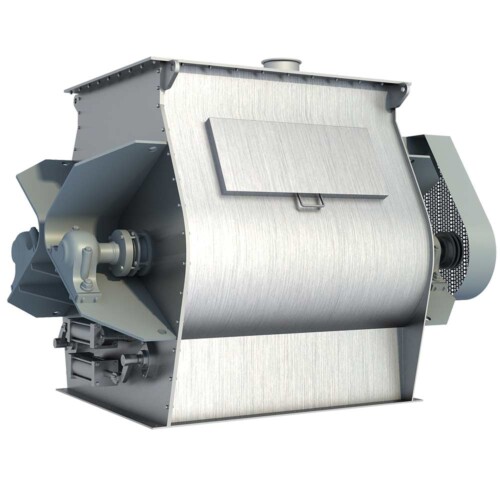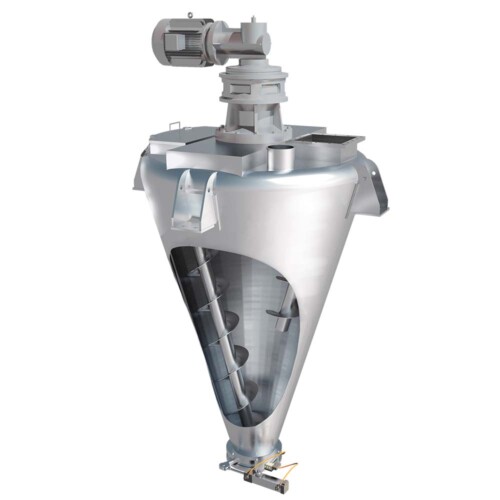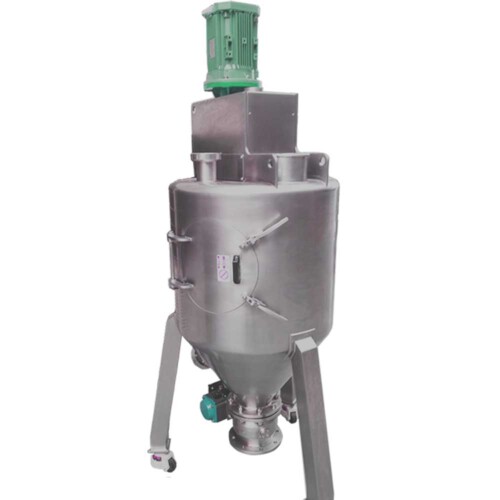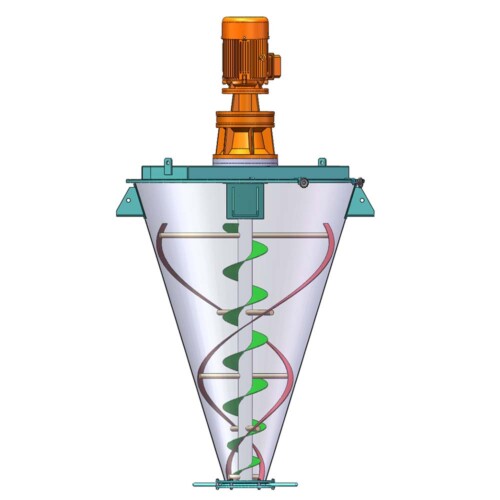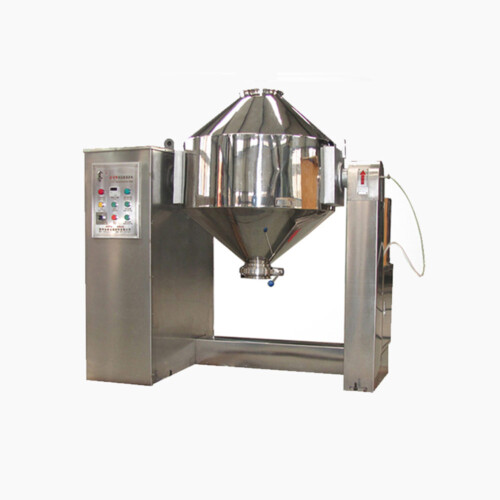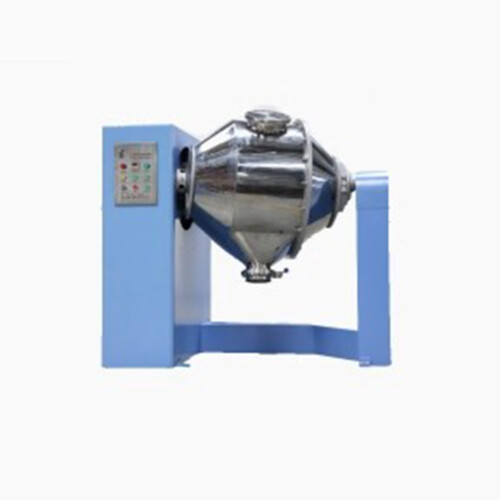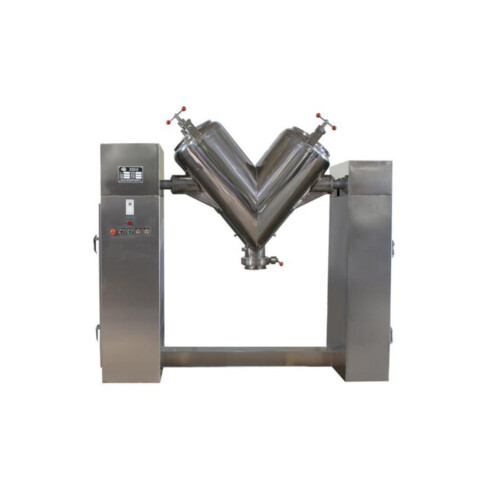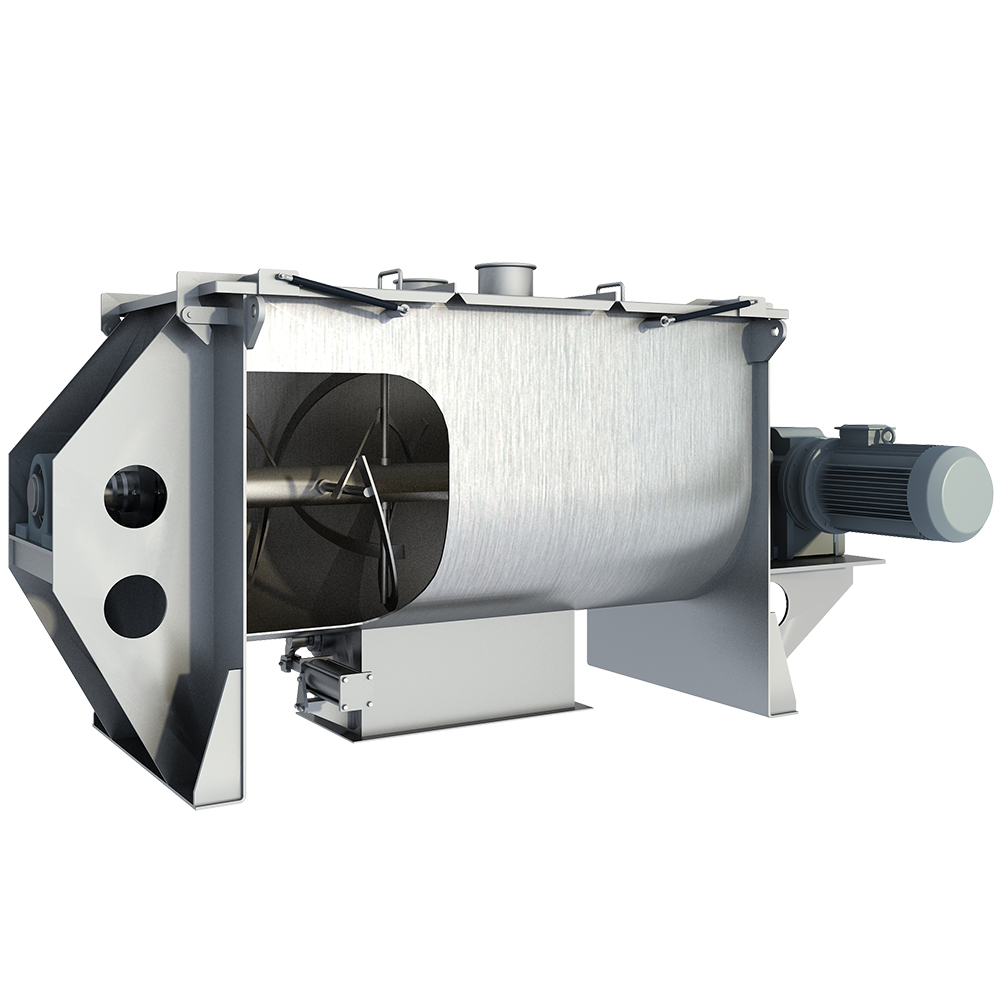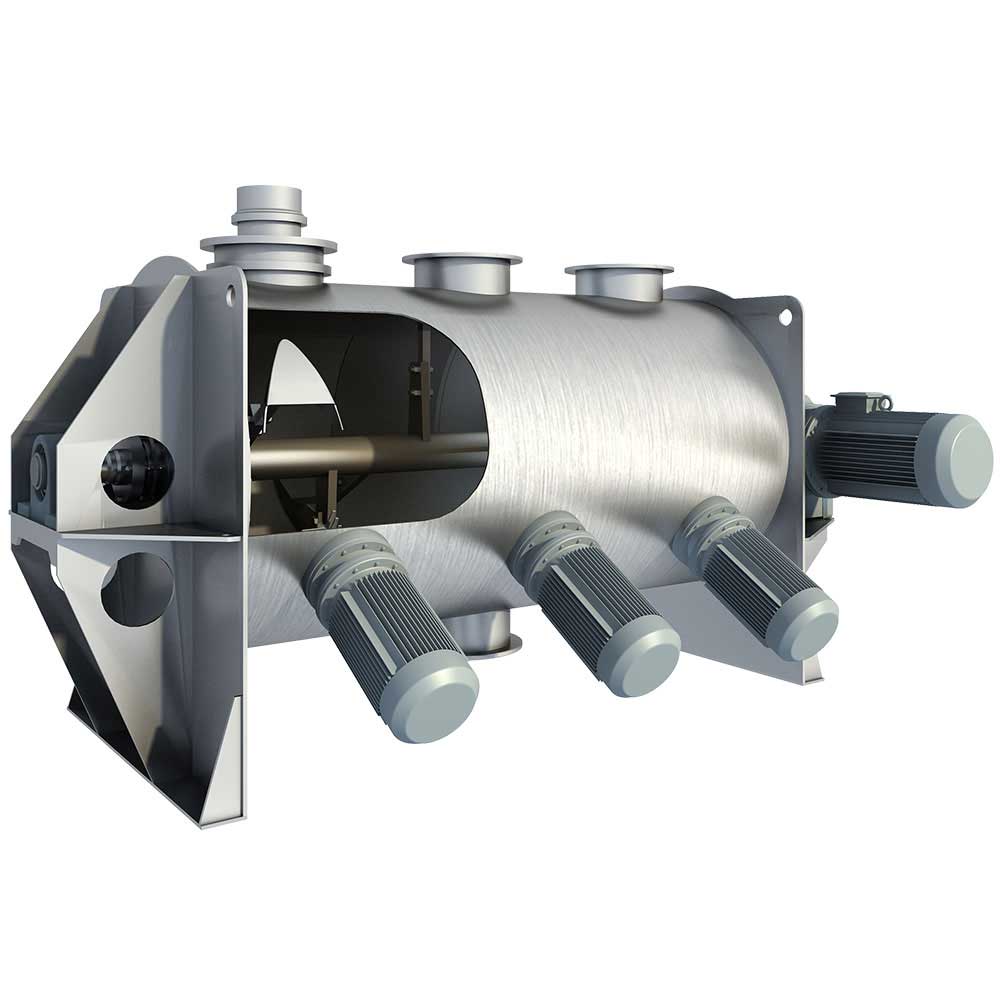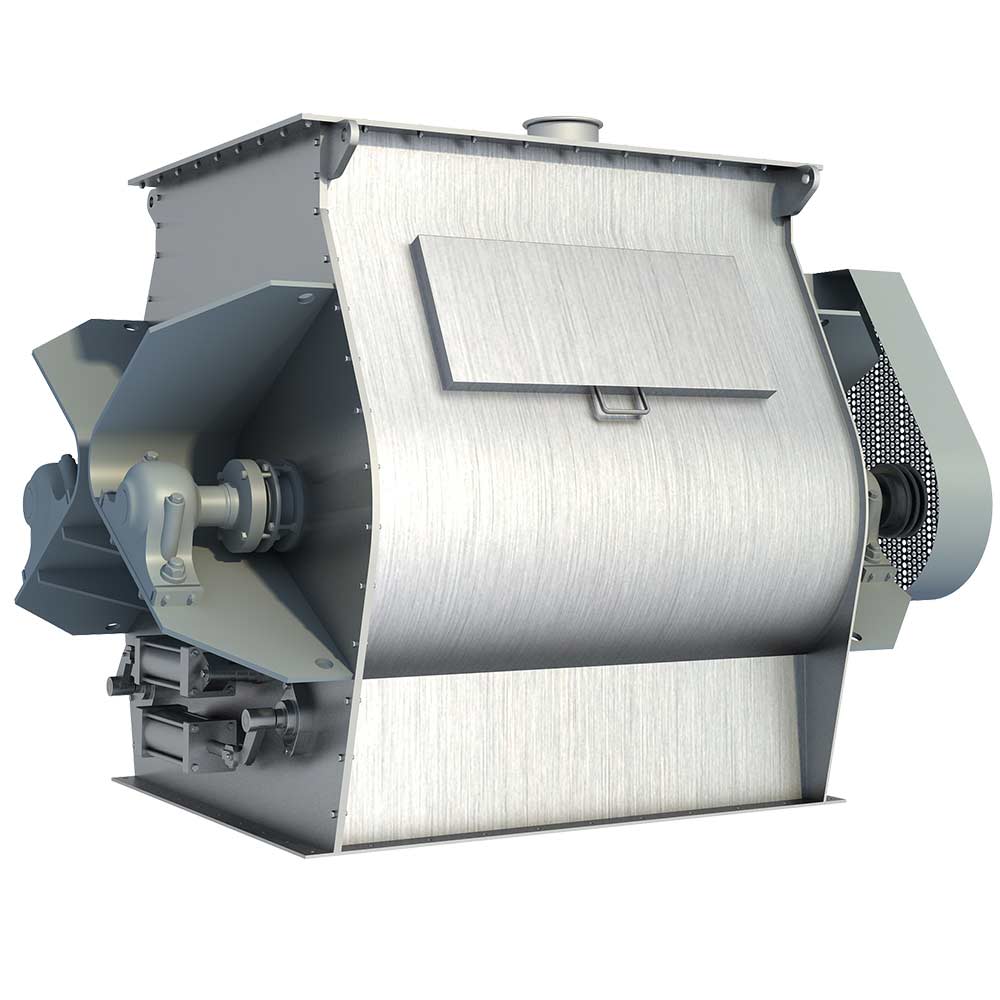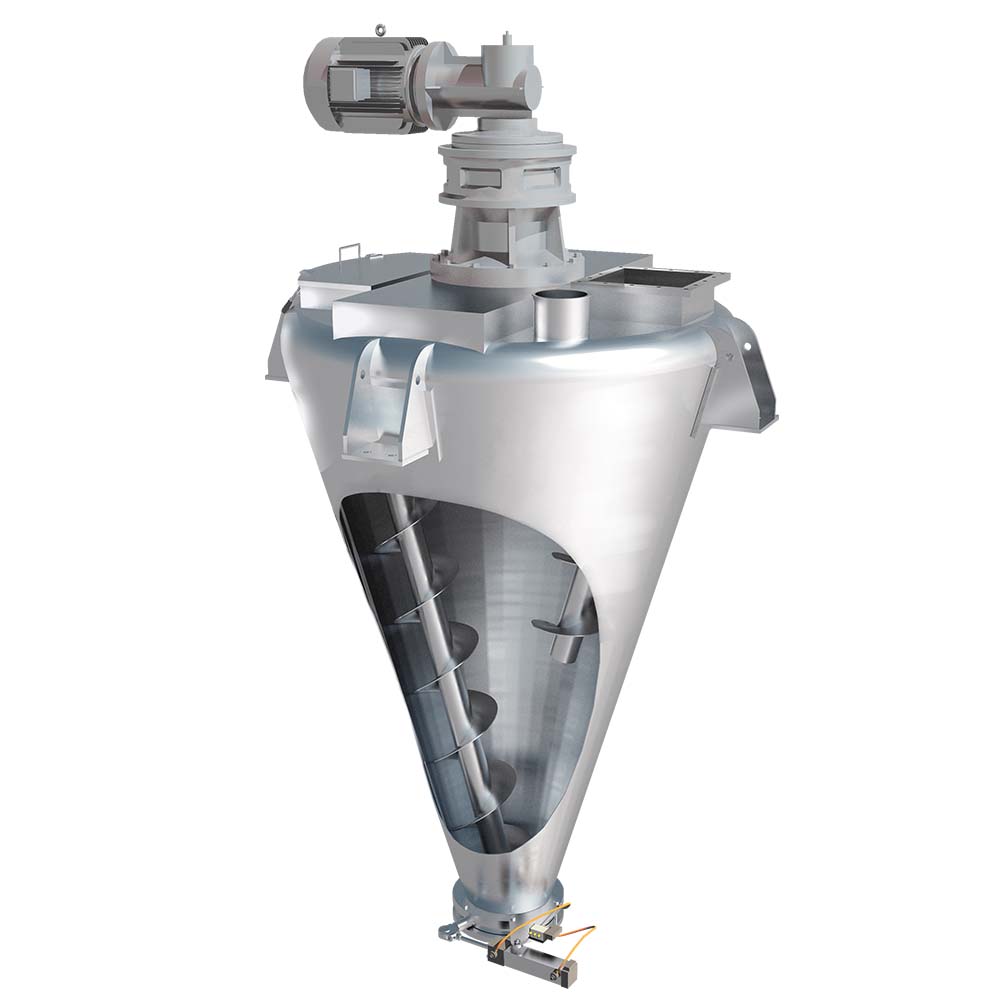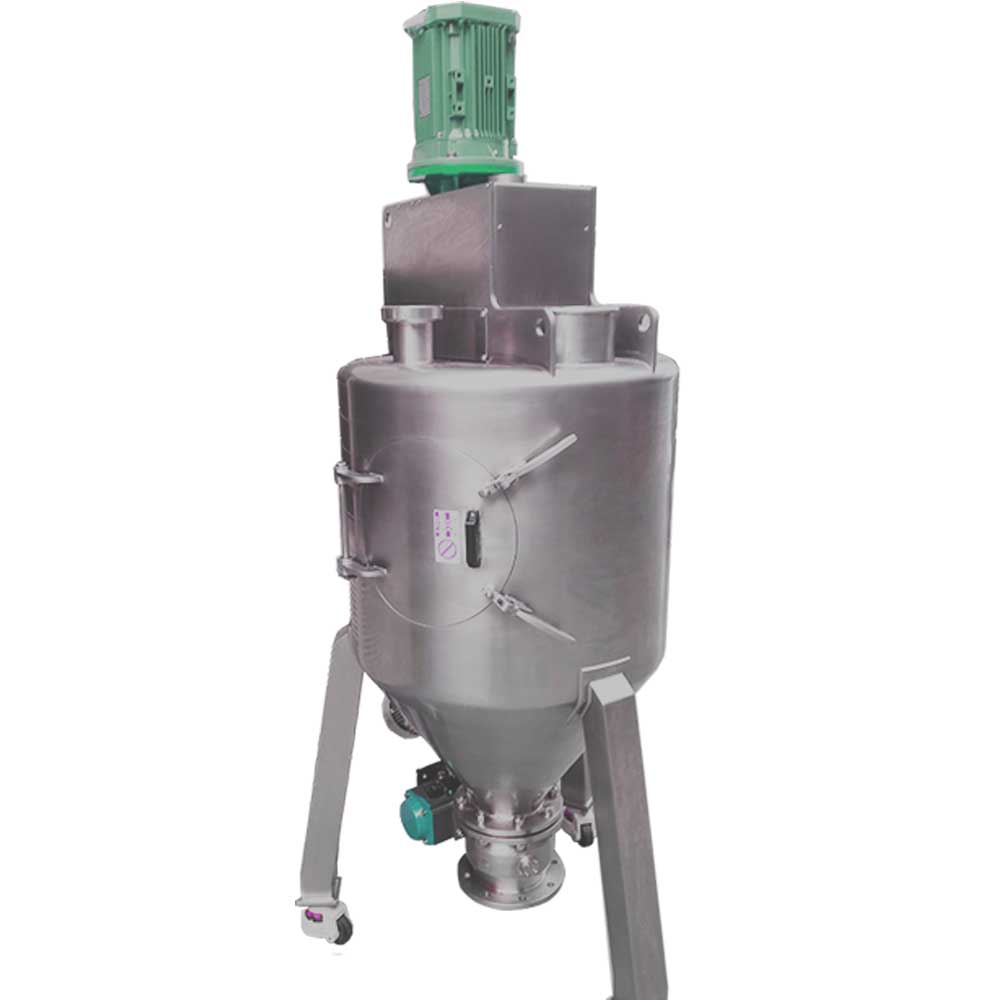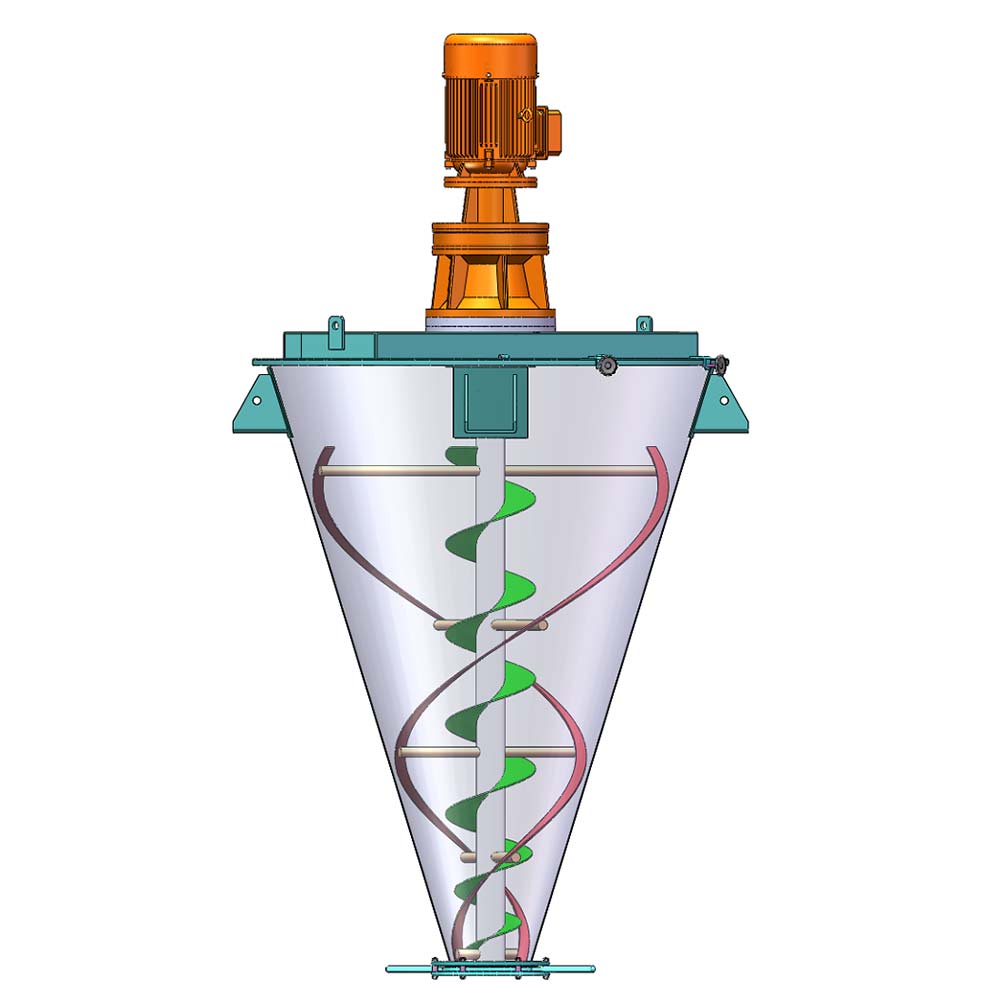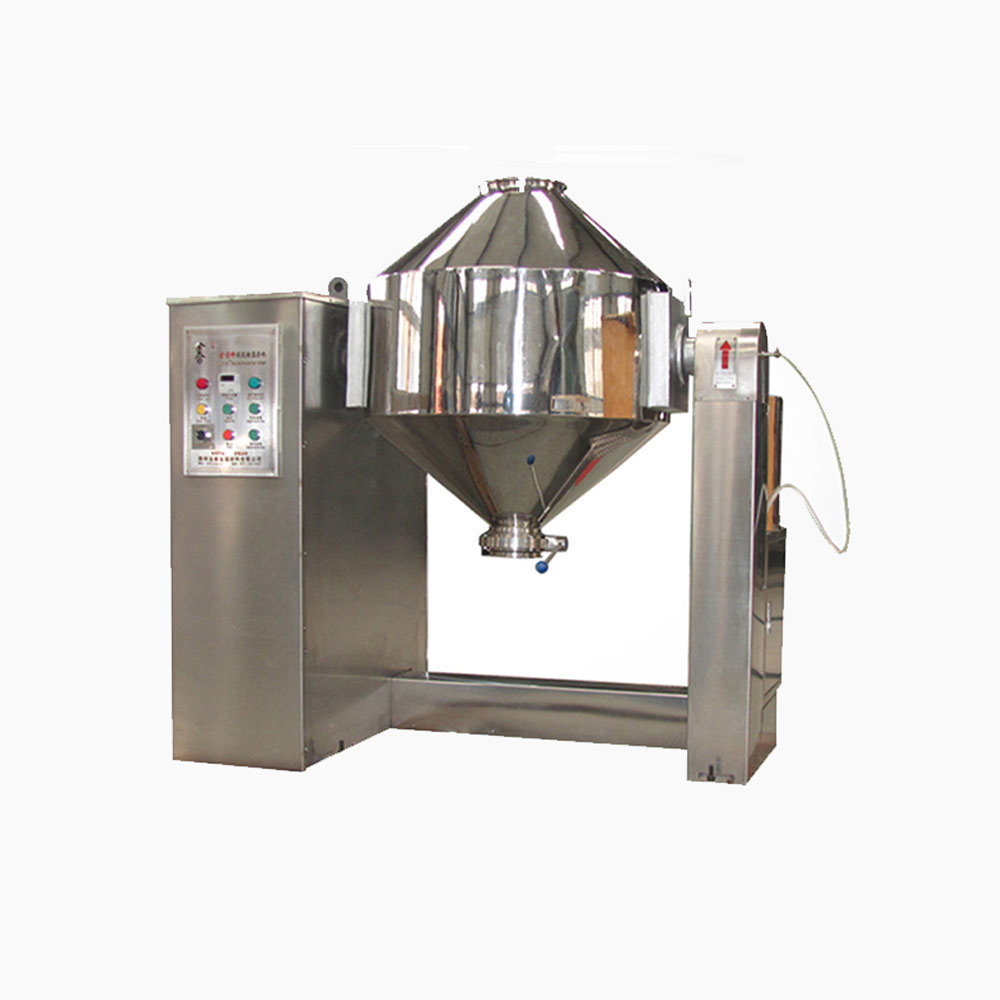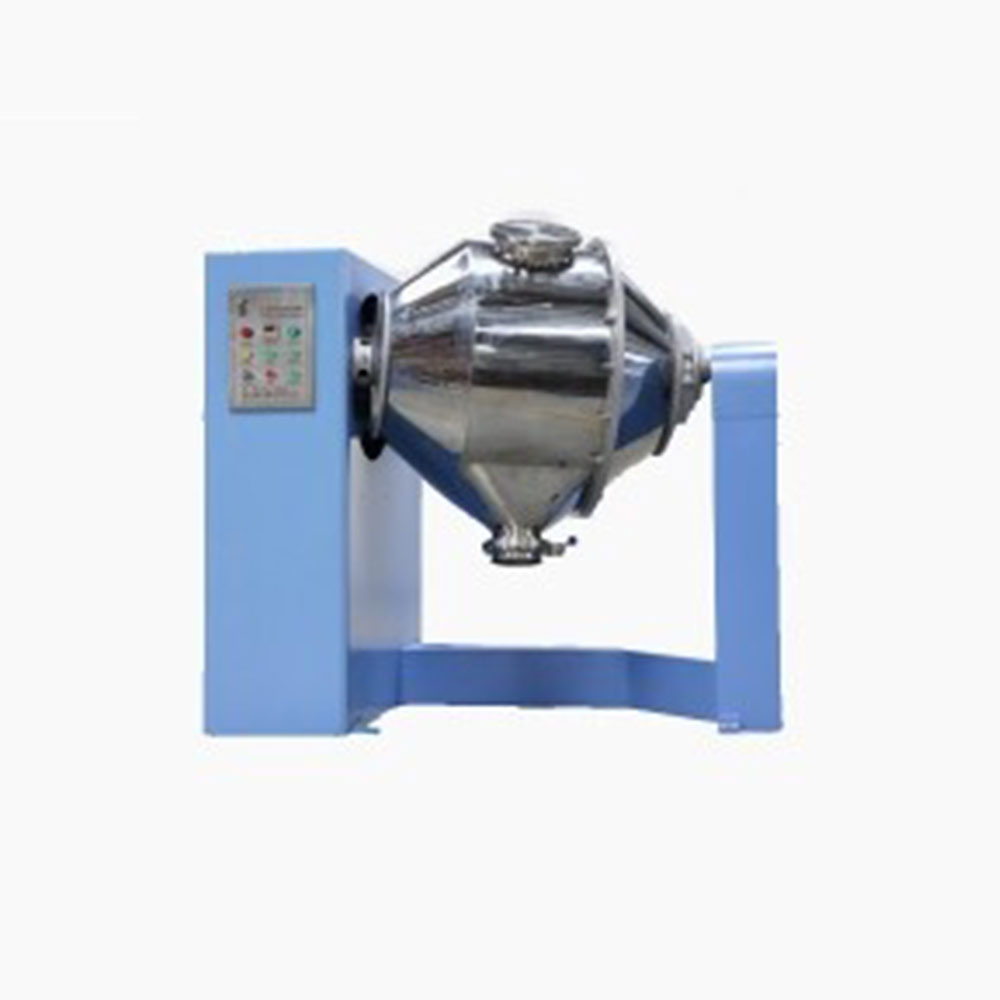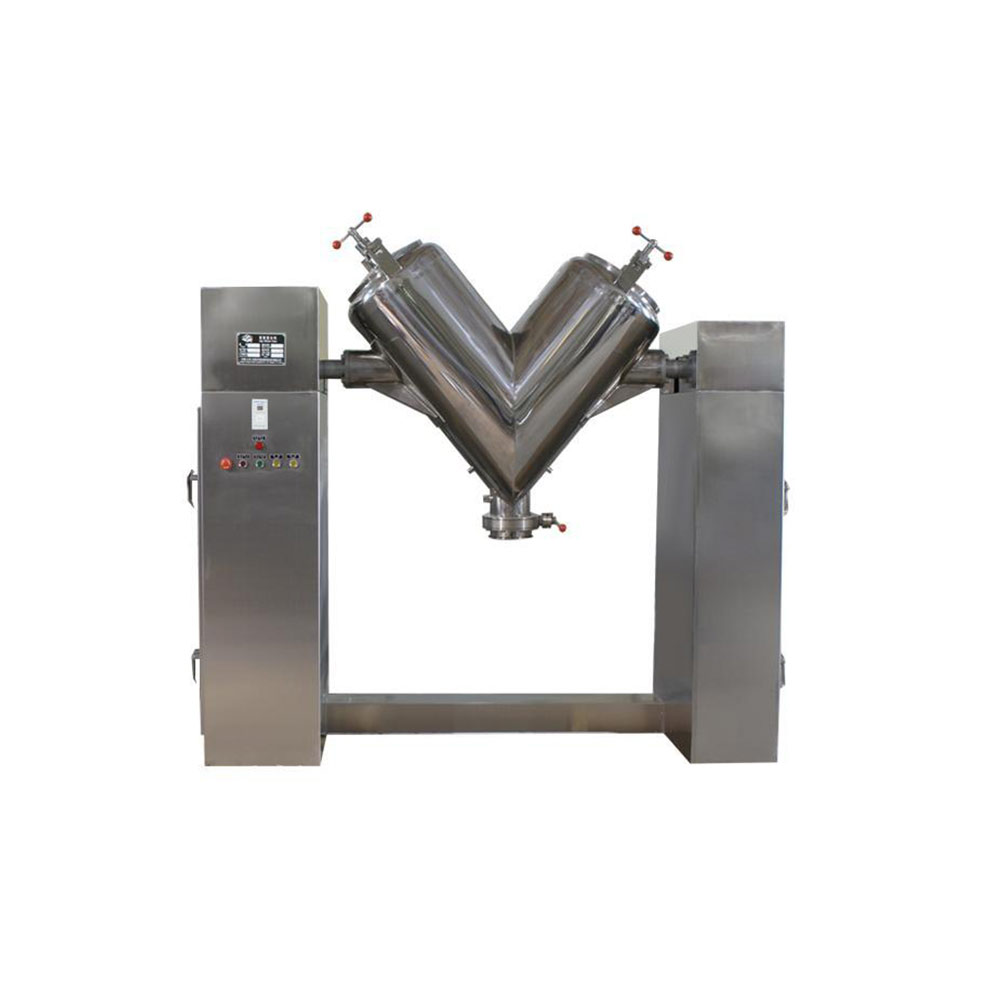Ask An Expert
Frequently Asked Questions
Yes, We can supply simple stand alone panels or automated PLC controlled systems. We normally install and test all controls on our mixers before they are shipped.
Yes, we normally test the mixers before they are shipped and mark out the wire need to connect on the control box.
We manufacture specialty mixing equipment for powder & bulk materials. Included are ribbon blender, plough mixer, conical screw mixer, twin shaft paddle mixer, V blender, double cone blender and other auxiliary equipment such as screw conveyor, quantitive auger filler.
We sell across the world, our cusotmers distribute 5 continents.
Share Us With Your Network
Using a Bucket Conveyor to Convey Mixes and Blends
Bucket conveyors successfully conveying mixer and blends without any loss of product integrity. When conveying mixes and blends, the major challenge is to move the material without any separation or loss of consistency in the ingredients which make up the mix. Should ingredient separation or loss of consistency occur when a mix is transported through a conveyor, product quality is degraded, leading to increased costs associated with scrap, rework, or customer complaints.
Maintaining blend consistency and uniformity is a major challenge for food processors, plastics resins manufactures, chemical producers, and indeed any processing situation where the proportions and consistency of mixed ingredients must be maintained and assured through all stages of production.
In processes that involve mixes and blends, conveyors are often employed to move product from mixers and blenders to downstream processes. It is at this critical stage of production that degradation of blend uniformity and consistency can occur.
Advances in mixing technology have led to more thorough and gentle mixing, which results in blends of superior consistency and uniformity. Employing conveyors that are not up to task of maintaining blend quality during handling can defeat the gains achieved with the latest generation mixing technology.
Equipment solutions for the task of conveying mixes and blends include pneumatic conveying and mechanical conveyors, such flexible screws, aeromechanicals, tubular drag, and bucket conveyors. Each of these equipment choices has its pros and cons in terms of being able to convey mixes without any degradation in blend uniformity and consistency.
Of the more traditional equipment solutions, a bucket conveyor is the preferred equipment choice for successfully conveying mixes and blends. The basic operating principle of a bucket conveyor – that what goes in is what comes out – assures that mixes and blends can be transported without any loss of product integrity.
As a mix or blend is fed into a bucket conveyor, the material will settle somewhat in the bucket as the product moves through the conveyor. However, the ratios of the constituent ingredients will be preserved. When the product is discharged, blend integrity is assured since the ingredient ratios have been maintained during transport.
In contrast, with pneumatic, flexile screw, aeromechanical, and tubular drag conveyors, the ratios of mixed ingredients may not be maintained during transport. This is due to the way that these conveying technologies interact with the different densities of the ingredients making up the mix. For example, with pneumatic conveyors, blend ingredients with different densities may enter and move through the conveyor at different rates, resulting in a degraded mix being discharged. As noted above, this degradation in product quality increases production costs and diminishes customer satisfaction.
A further advantage of bucket conveyor is that, unlike dilute phase pneumatic or other mechanical conveyors, they will not aerate a mix or blend. This advantage can be important when the mix or blend is comprised of ingredients that may tend to fluidize when conveyed.
Mixes and blends are found in continuous and batch-type processes. Bucket conveyors are readily adaptable to support either type of process. For batch-type processes, smaller bucket conveyors which are readily mobile are available to support these types of operations. In addition, to support higher product variety which batch-type processing usually entails, these right-sized bucket conveyors can be fitted with Clean-In-Place systems to enable rapid equipment washdown and turnaround between product runs.
In summary, while successfully conveying mixes and blends can be challenging, bucket conveyors can offer a proven and reliable solution for handling these types of products.

